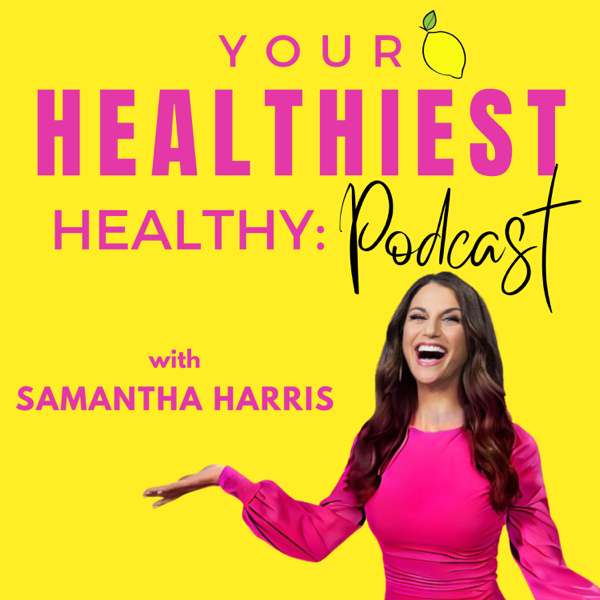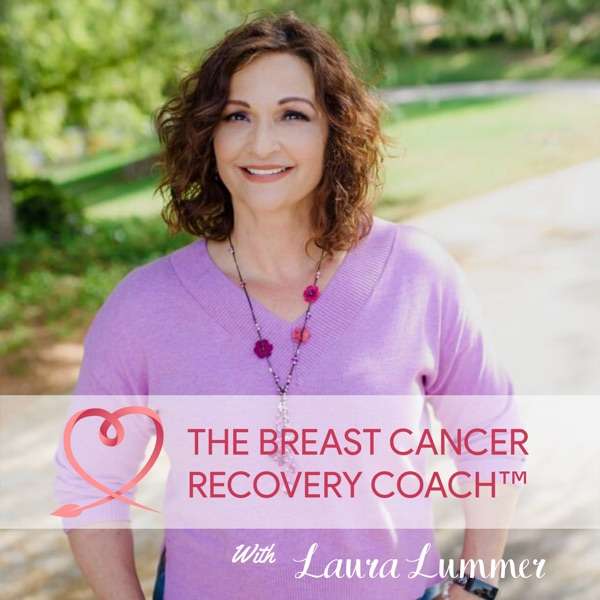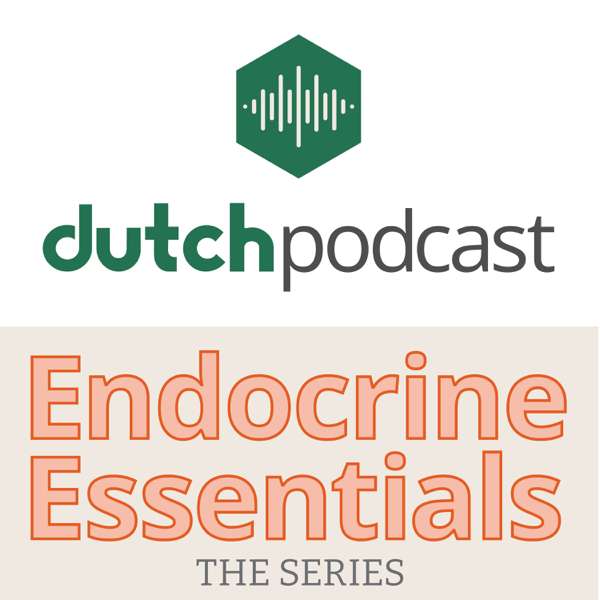This week's episode with Dr. Kristin is so vitally important. She shared with us what EMF's are, how they can affect the body, and simple steps we can take to reduce our exposures.
I love her philosophy about this topic. She doesn't bash technology in it's entirety; she merely says we should change our habits with how we use it so we can do so in a healthy and harmonious way.
Why EMFs?
Dr. Kristin didn't always have an aversion to technology, but once she was pregnant with her son, intuition kicked in and she started keeping electrical devices away from her growing belly.
Around the same time, her dad got a mysterious tumor on the front of his thigh. After being dismissed by numerous medical doctors, one finally agreed to biopsy the tumor which turned out to be cancerous.
After the doctor admitted to her father that she has been seeing more and more mysterious cancers pop up in places they never have before - and those places correlated with where cell phones are generally stored on the body, Dr. Kristin knew she was on to something. This is what prompted her to look into the topic of EMF's more closely.
THE FOUR MAIN TYPES OF EMF's
Just so we're on the same page, EMF's stands for electromagnetic radiation and is a form of non-ionizing radiation. In the past, EMF's were assumed to be safe since they did not produce the same thermal effect as ionizing radiation. However, currently there is more and more scientific and medical literature showing that there may actually be profound physiological effects.
There are four main types of EMF's that can all have slightly different effects on the body.
- Electric fields -"An electric field is a vector field that shows the direction that a positively charged particle will move when placed in the field. Electric fields are produced around objects that have electrical charge, or by a magnetic field that changes with time." It includes things like lamps, power strips, cords, chargers, or ungrounded electronics
- Magnetic fields - "A vector field surrounding a magnet, electric current, or changing electric field, in which magnetic forces are observable." This would include circuit breakers and large power lines.
- Radio Frequency (RF) - "Radio frequency is the oscillation rate of an alternating electric current or voltage or of a magnetic, electric or electromagnetic field or mechanical system in the frequency range from around twenty thousand times per second to around three hundred billion times per second." Examples of RF are cell phones, WiFi, bluetooth, baby monitors, and smart meters.
- Dirty Electricity - "This is when the electrical power lines and wiring within your home contain frequencies other than the normal 60 Hz electrical current (50 Hz in Europe). These additional frequencies piggyback on the electrical wiring and radiate into your living environment. These frequencies then interact with your body" (EMF analysis). CFLs, fluorescent lightbulbs, solar panel invertors, dimmer switches, and wiring errors all would be considered dirty electricity.
According to Dr. Kristin, neither of the types is "worse" than the other. It all depends on your individual exposures and how much you are being exposed to each type.
I seriously learned SO much from Dr. Kristin and feel so much more informed on how to avoid EMF exposure after this conversation.
After listening, if you'd like more help with exactly what steps to take and in what order be sure to check out the easy-to-follow Beginners EMF Detox Guide Dr. Kristin made so you can protect yourself and your family from these radiation exposures.
Resources

 Our TOPPODCAST Picks
Our TOPPODCAST Picks  Stay Connected
Stay Connected







